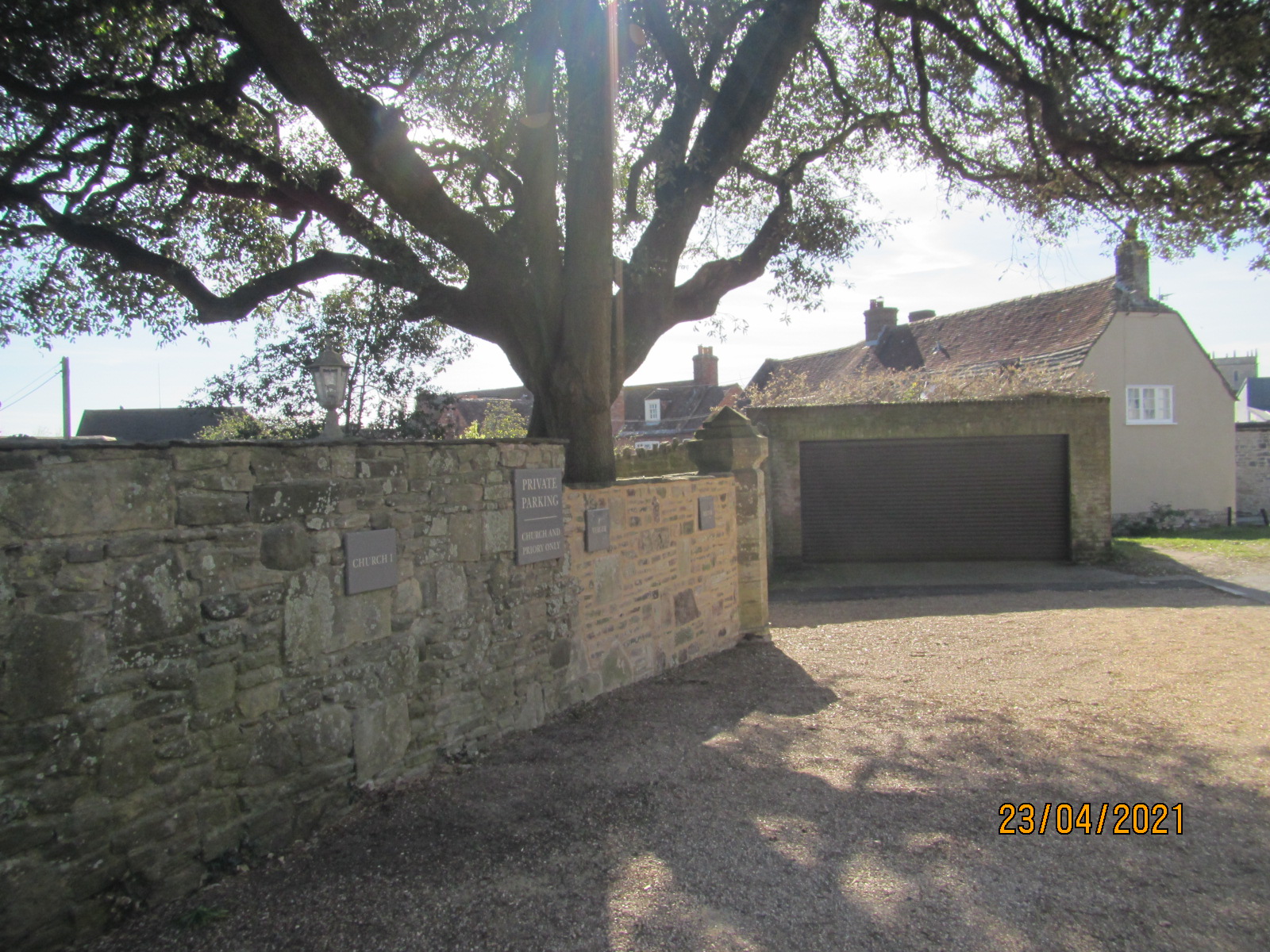
Good quality trees represent amenity assets and local planning authorities have a statutory duty, and are empowered through the Town and Planning Act to make tree preservation orders (TPO) in the interests of public amenity, to protect important trees and woodlands that might otherwise be damaged, felled or lost through inappropriate management practices and development. They are also required to establish conservation areas to protect the distinctiveness and character of particular areas within their administrative district or borough, which affords some protection to the trees growing within them.
If your trees are protected, and you are concerned about their condition or perhaps feel they may require some work, or you have recently been served with a TPO, it is important that you obtain impartial, professional advice to support you with these matters.
Local planning authorities (LPA) are responsible for the protection of trees that contribute to the amenity (pleasantness) of a particular area or location. In the interests of preserving amenity they may make Tree Preservation Orders on individual trees, groups of trees, woodlands, or in certain circumstances, entire areas. The relevant documents are served on owners of the land to which they relate. TPOs are initially made on a provisional basis of up to 6 months, giving the owners and other interested parties opportunity to submit their reasons for any objections or support.
After careful consideration of any comments, the LPA may decide to confirm the order within the 6-month period; or alternatively, they may decide to let the order lapse without confirmation. The LPA may however confirm the order at any time thereafter.
For trees included within a TPO, a written application for consent for any proposed tree works must be submitted to the issuing planning authority. Determination of applications can take up to eight weeks, and are concluded by a written decision notice.
It is important to note that undertaking tree works without formal consent or damaging protected trees can render the perpetrators liable to prosecution, which can result in heavy penalties.


These are areas of special historic or architectural interest, the character or appearance of which it is deemed desirable to preserve or enhance. As trees often make a significant contribution to the character of such areas, they are afforded a degree of protection which prevents their removal, or undertaking works that would damage or destroy them, without prior reference to the LPA.
With some exceptions, works proposed to trees growing within conservation areas must be notified to the LPA prior to undertaking them. The statutory period of notification is six weeks, which allows the LPA opportunity to consider the merits and any adverse effects of the proposed works. However, they cannot refuse or grant consent for tree works proposed in a conservation area - if the LPA wish to prevent the notified works, the only course of action open to them is to make a TPO.
The relationship between arboriculturalists and tree surgeons is similar to that which exists between architects and builders. SoundWood as arboriculturalists offer impartial tree management and liability advice for an agreed consultancy fee.
SoundWood do not undertake tree works, and will not recommend unnecessary work to your trees.
Before considering the merits or necessity of works proposed to protected trees, the LPA must receive either an application for trees protected by a TPO, or in the case of trees within a conservation area, a notification that tree works will be undertaken after a period of six weeks.
TPO applications must be submitted on a standardized form and specify exactly what is proposed, the reasons for the work and include a plan showing the location of the trees. Whereas a conservation area notification can be in any format as long as it clearly describes what work is proposed. If protected trees are to be removed, supporting information prepared by a qualified arboriculturalist is usually required as an evidential test to assist tree officers in making an informed decision.
Tree Consultancy Dorset and Hampshire
Dorset Tree Consultants 2023